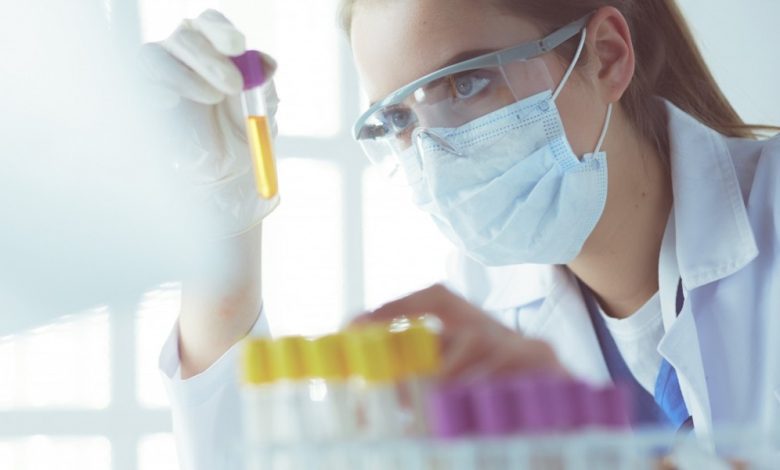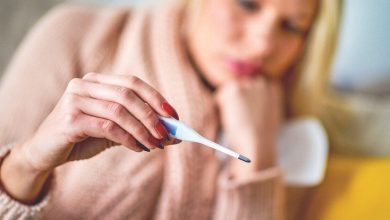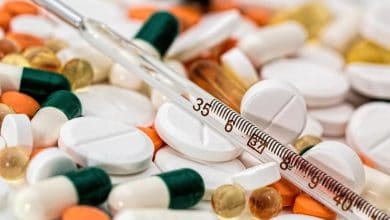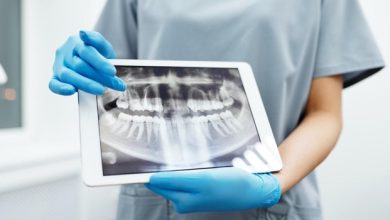What Goes Into Pharmaceutical Testing

Did you know that in 2021 the FDA approved 50 new drugs never before marketed in the United States? Of those, 26 were for rare diseases! Several pharmaceutical investments continue to support the production of drugs and medicines today.
This is amazing news for patients who suffer from uncommon conditions and have struggled to find affordable treatment in the past! However, for every drug that’s approved, there are plenty more that fail to meet FDA standards.
It’s always good to research a new medication before you take it, and it doesn’t hurt to read up on its pharmaceutical testing history too.
But how is pharmaceutical testing conducted exactly?
We’re here to fill you in.
Keep reading below to learn the basics of how to test pharmaceuticals and the measures taken to keep medications safe.
Pre-Clinical Research and Testing
The preclinical pharmaceutical testing phase is critical for ensuring a proposed drug won’t harm humans in future tests.
Overall, about half of all tested drugs don’t make it past the preclinical testing. During preclinical tests, potential scenarios are often first run on computer models.
Scientists also test the drug on skin cells grown from human stem cells.
This allows them to monitor the drug’s efficacy, along with any side effects or adverse reactions.
When combined, skin cell tests and computer simulations give labs both applied and theoretical results to work with.
However, many drugs fail these tests as they either don’t yield any positive returns or actively damage the skin cells.
If they do show signs of efficacy though, they then test the drugs on animals during the second stage of preclinical testing.
Read more: Common Complications of Dysphagia
Clinical Trials and Research
If a drug passes the preclinical tests, a lab will begin its clinical research.
they first hold a Phase I test on the pharmaceutical on a relatively small group (20-100) of healthy volunteers. Around 70% of the pharmaceuticals tested will pass Phase I.
Phase II trials are tested on a group (100-500) who have the condition the drug is intended to treat. Researchers test as few subjects as possible.
This is to prevent exposing compromised individuals to potentially harmful substances.
Volunteers are blindly given either the authentic drug or an inactive placebo pill. To further validate results, the administrator is often also unaware of which one they’re giving patients.
Phase II tests are intended to further study the efficacy of the drug and reconfirm its safety.
Phase II is also used to discover the most effective dosage.
Often labs will use tools from suppliers like Chrom Tech for a process called high-performance liquid chromatography (HPLC).
HPLC is used to separate, identify, and quantify the elements in a compound.
HPLC results help a lab ensure a product’s purity. This aids in dosage adjustment during trials, as the efficacy of a drug relies on the amount of active ingredients vs. filler ingredients inside.
About 33% of drugs pass both Phases I and II before moving on to the final trials.
Phase III once again tests patients who have the condition the drug is intended to treat. During Phase III, researchers test several hundred to several thousand people.
Phase III tests aim to reconfirm the safety from previous trials and gain a better understanding of the drug’s efficacy, side effects, and ideal dosage.
If the results reflect the drug is both effective and relatively low risk, the lab can then submit a request to the FDA for approval to begin marketing the drug.
Discover the Importance of Pharmaceutical Testing
As a consumer, you want to know the medication you’re taking is safe and thoroughly sampled.
That’s why it’s good to know the basics of pharmaceutical testing.
Whether you’re a patient curious about your medication’s background or a budding pharmacist with an interest in testing pharmaceuticals, the guide above will give you the info you need to kickstart your research!
Looking for more? The Lifestyle Daily has everything you’re searching for! From the latest fashion trends to health tips to home improvement ideas, our library of articles offers something for everyone!





